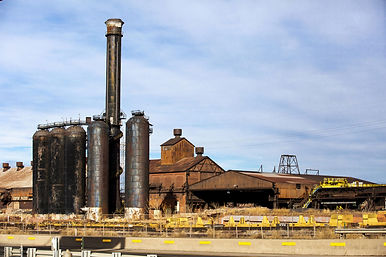
Let's learn more about how Hispanics migrated to the Southwest and to Pueblo. This particular branch of humanity has taken approximately 300 years to migrate about 1,900 miles from Mexico City, Mexico to Pueblo, Colorado. Thousands of years before, Native Americans migrated to the Americas from Asia. On average, Hispanics have about 30% Native American in their genes.
Pre-Colonial Timeline
21,000 years ago to 1300 AD
Colonial Timeline
Spanish Arrives and Explores
the New World
1492 to 1600

Queen Isabella I unified Spain through her marriage to Ferdinand II of Aragon, and she financed the expedition of Christopher Columbus, leading to the discovery of the Americas. She also completed the Reconquista but infamously expelled Jews and Muslims and empowered the Spanish Inquisition.

When the Franciscan Priest, Fray Marcos de Niza, returned from the north (what is now northern New Mexico) with tales of a vast empire, Viceroy Mendoza began assembling an expedition to conquer and claim the civilization for Spain. The civilization was thought to be the rumored "Seven Cities of Gold", later referred to as Cíbola. When Mendoza commissioned Vázquez de Coronado to command the expedition to Cíbola.

Our Lady of Guadalupe, also known as the Virgin of Guadalupe, is a Catholic title of Mary, mother of Jesus associated with a series of five Marian apparitions, which are believed to have occurred in December 1531, and a venerated image on a cloak enshrined within the Basilica of Our Lady of Guadalupe in Mexico City.
Hernán Cortés founded the city of Veracruz while searching for gold in the region. The Port of Veracruz prospered from being the main link between Spain and colonial Mexico.
Migration Timeline
1600 to 1700

Casta (Spanish: [ˈkasta]) is a term which means "lineage" in Spanish and Portuguese and has historically been used as a racial and social identifier
The encomienda system was a form of forced and unpaid labour used by Spanish authorities and settlers in the colonies of the Spanish Empire. In return, the labourers were given military protection and the opportunity to be converted to Christianity.
Migration Timeline
1700 to 1800
Migration Timeline
1800 to 1850

Treaty of Guadalupe Hidalgo, (Feb. 2, 1848), treaty between the United States and Mexico that ended the Mexican War. It was signed at Villa de Guadalupe Hidalgo, which is a northern neighbourhood of Mexico City. The treaty drew the boundary between the United States and Mexico at the Rio Grande and the Gila River; for a payment of $15,000,000 the United States received more than 525,000 square miles (1,360,000 square km) of land.

















.png)


































